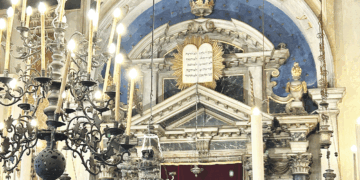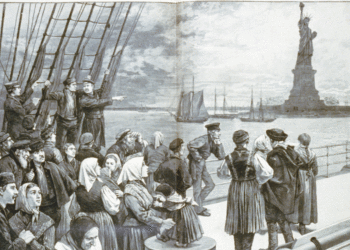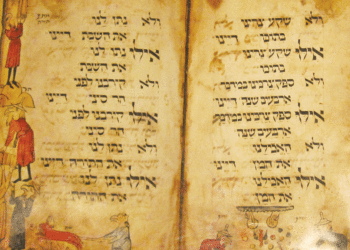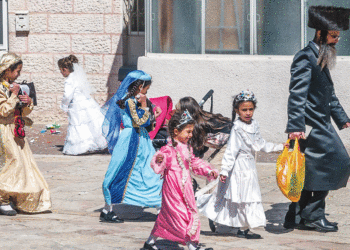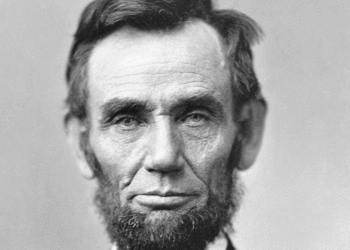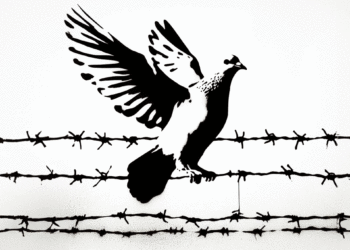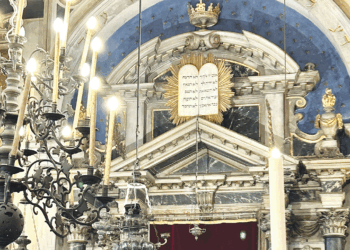If Torah is law, why does it contain stories? If the commandments of the Torah are primary to righteous living, why do we need stories about the moral failures of our patriarchs and matriarchs? Why do we need genealogies? Are these stories secondary to Torah law or do they serve another purpose?
RABBI MORRIS ALLEN / Beth Jacob Congregation
Law professor Robert Cover, in his essay “Nomos and Narrative” (Harvard Law Review, November 1983), demonstrates why the Torah has remained so central to our lives. It captures the inherent tension between both story and law. For example, the stated law of Deuteronomy (21:15-17) is very clear on the issue that the firstborn son inherits a double portion and the mantle of leadership.
And yet, if you go through the book of Genesis, can you think of one example of a firstborn son who does? Isaac over Ishmael, Jacob over Esau, Judah and Joseph over Reuben, Ephraim over Manasseh; in each instance, the narrative comes to subvert the so-called “letter of the law.” Which is correct? Both are true, and for that reason we continue to study law even as we tell our story.
To believe that the law exists independent of the life that people live, or to believe that we can live a life independent of a framework defining our actions, is mere folly. As Jews we know that nomos (law) and narrative are in creative tension, which ultimately gives both a deeper relevance and meaning.
Â
RABBI ALAN SHAVIT-LONSTEIN / Temple of Aaron Synagogue
The stories in the Torah have many functions. Perhaps they are best understood by stepping back and looking at the role of the Torah itself: a piece of art trying to capture a fleeting moment in time, a time when the relationship between the Jewish people and God was just beginning.
The Torah uses imagery and literary techniques to capture that connection in three ways. First are the details found in stories giving history, place names and genealogies. In addition, the Torah conveys the emotional impact of the relationship, connecting it to us as people. This is the purpose of the narrative stories of our matriarchs and patriarchs, with all their human foibles and moral failings. Finally, the Torah focuses on the long-term implications of the relationship. These are the mitzvot (my favorite definition is “divinely commanded spiritual opportunities”). These act as the path for a life of connection and holiness.
Like any other art, the Torah travels with layers of interpretation. These are the midrashim, both new and old. As each generation studies and interprets the Torah, we gain a better understanding of the relationship. This process is the blood that keeps the Jewish people alive and evolving. It also gives us multiple chances and channels to discover (and rediscover) a connection to God, to the Jewish people and, ultimately, to ourselves.
Â
(Do you have questions about Judaism and Jewish living? Members of the Minnesota Rabbinical Association [MRA] are ready to answer your questions. “Your Jewish Questions” is compiled by Rabbi Jonathan Perlman. Have a question for the rabbis? Write Rabbi Perlman at: perlmanrav@gmail.com.)Â

